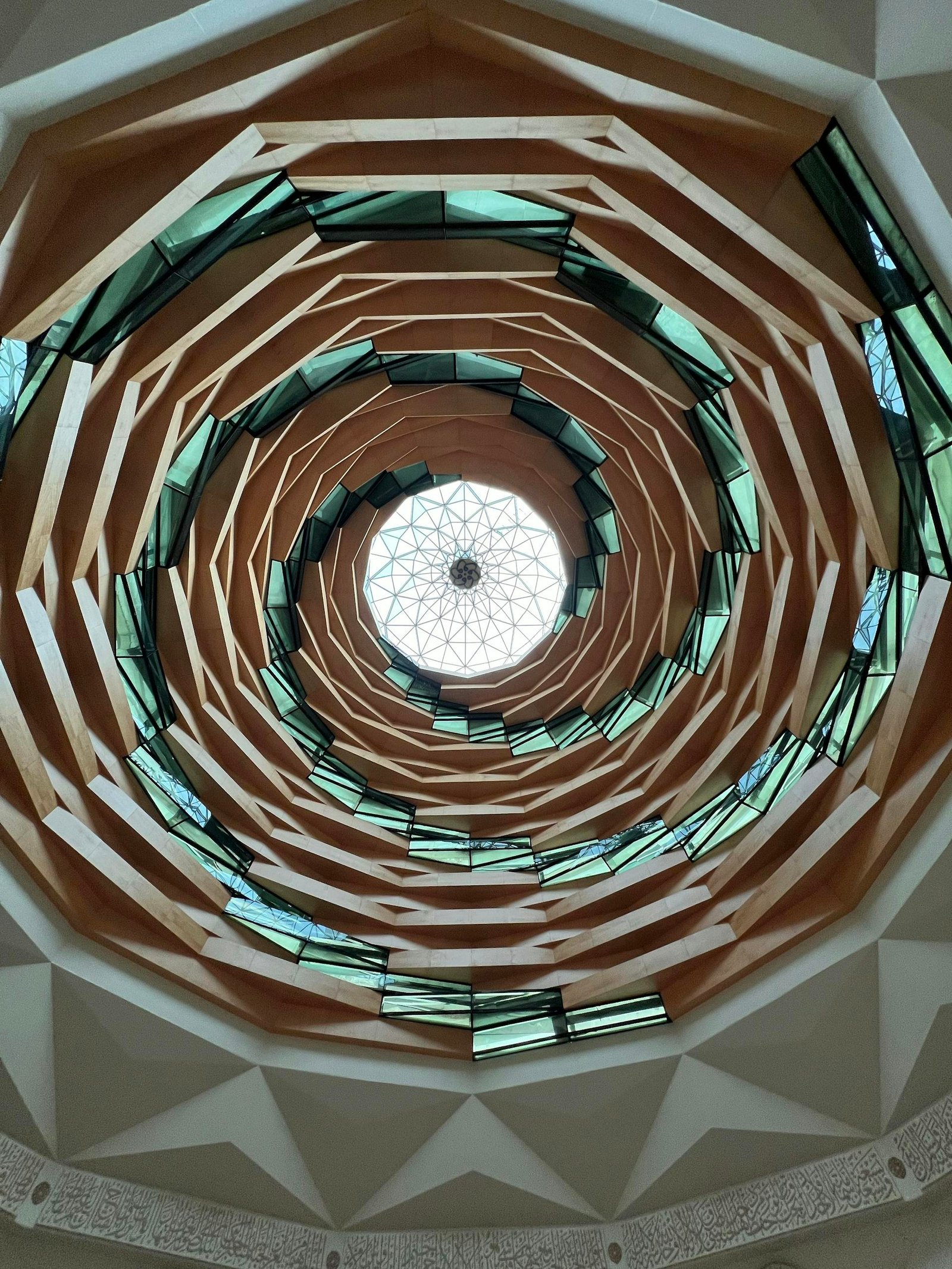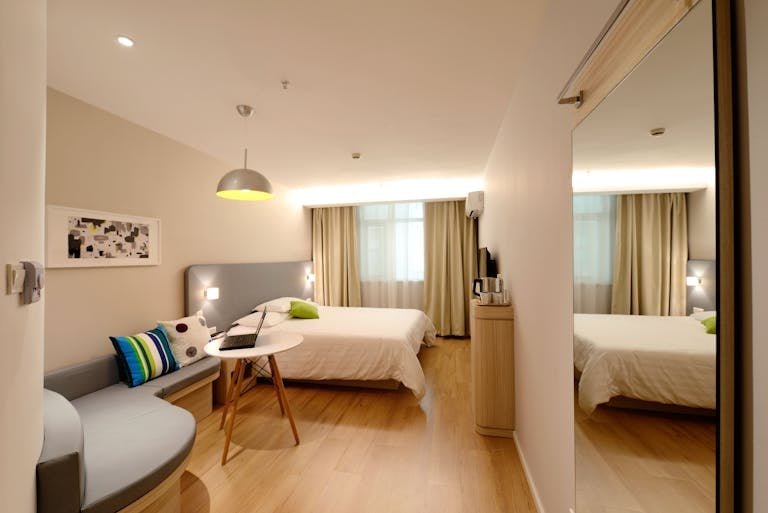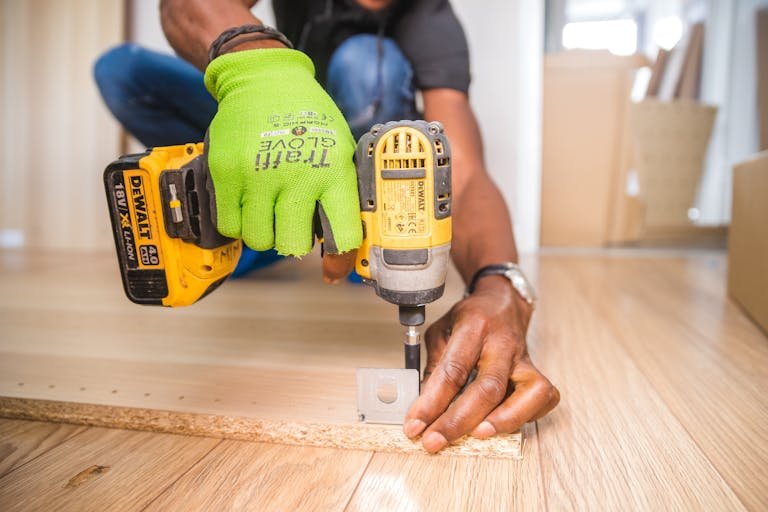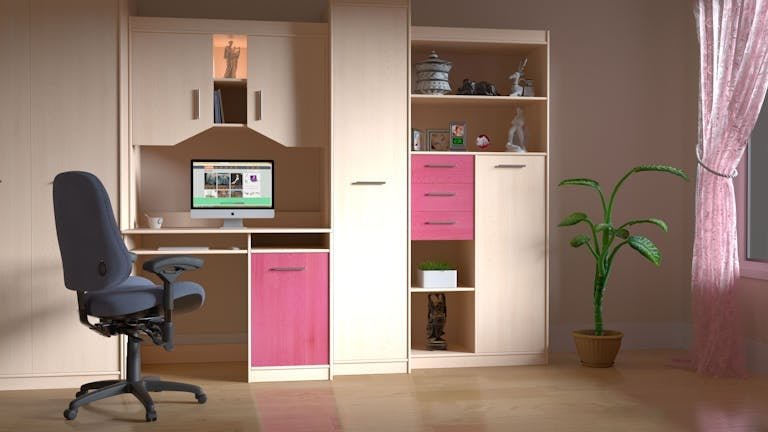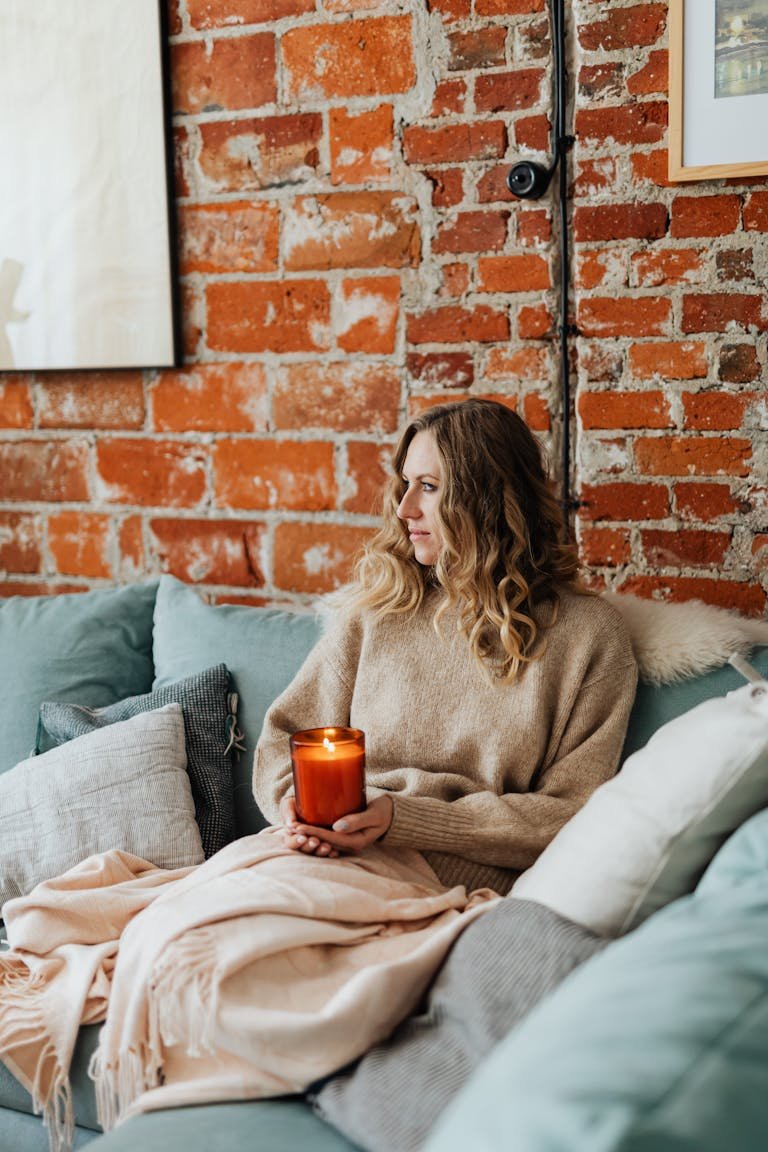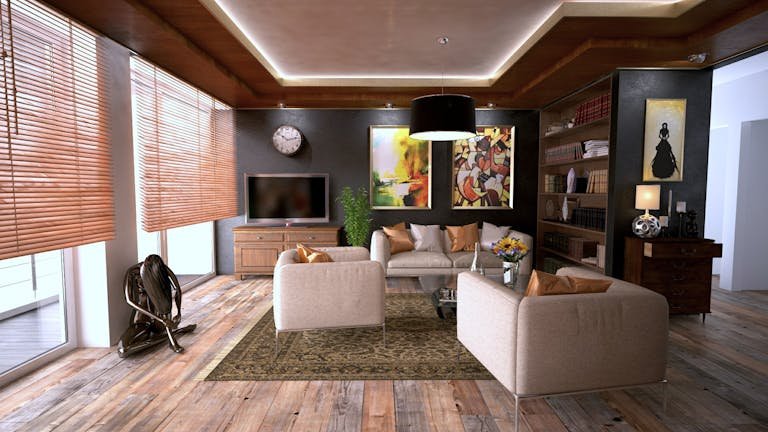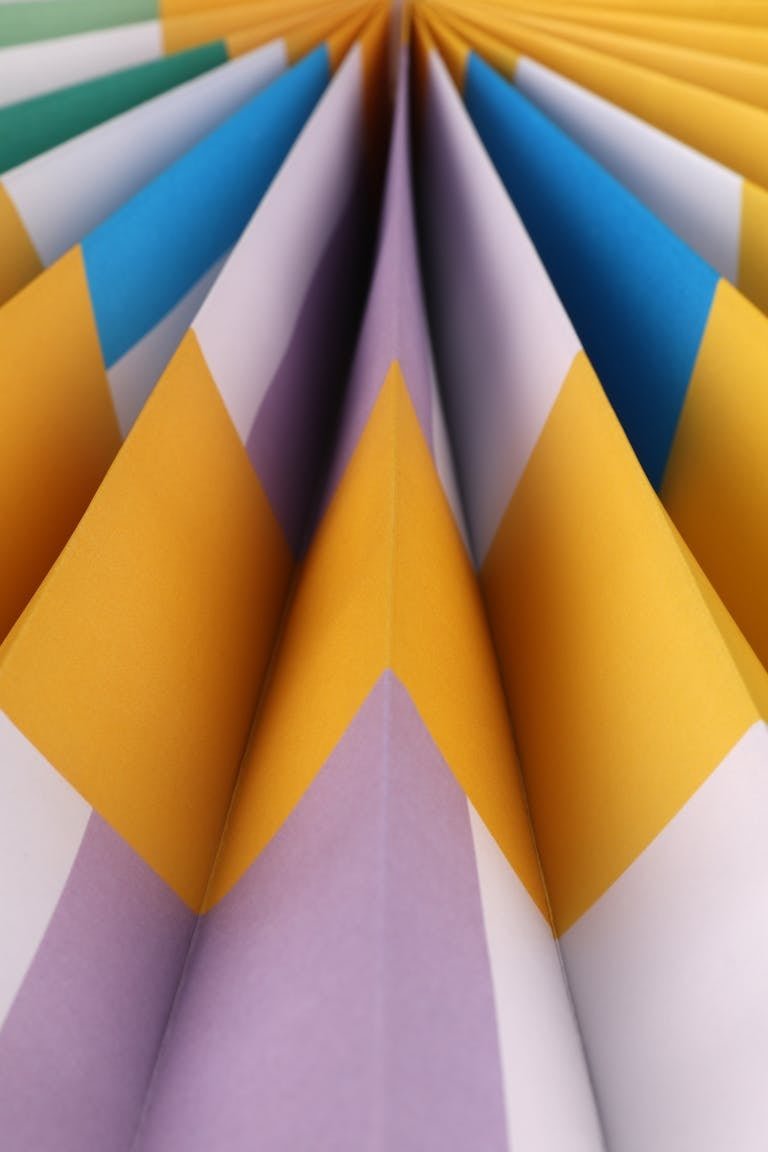The Art of Mixing Patterns and Textures
The Art of Mixing Patterns and Textures
Patterns and Textures
The key to creating visually captivating and dynamic spaces lies in the art of mixing patterns and textures. This creative endeavor allows you to infuse your home with personality, depth, and a sense of intrigue. Let’s look into the nuances of combining patterns and textures in home decor. You will gain a solid grasp of how to masterfully blend different elements to achieve a harmonious and stylish ambiance.
Understanding Patterns and Textures
Before delving into the strategies of mixing patterns and textures, it’s essential to understand the difference between these two design elements. Patterns refer to repeated decorative motifs, such as stripes, florals, chevrons, or geometrics. On the other hand, textures encompass the tactile quality of surfaces, including materials like wood, fabric, metal, and more. Combining patterns and textures matters because it elevates your decor by adding layers of visual interest and sensory appeal.
Why Mix Patterns and Textures?
The act of combining patterns and textures in home decor is an artistic endeavor that breathes life into your living spaces. Why? Because it transforms ordinary rooms into extraordinary realms that reflect your personality and taste. The interplay of patterns and textures introduces complexity and depth, creating a multi-dimensional environment that engages the senses. This creative approach adds a touch of uniqueness and a sense of curated elegance to your home.
Finding Balance
The cornerstone of successful pattern and texture mixing is finding balance. This involves selecting elements that complement rather than compete with each other. The balance matters because it ensures that the final composition is visually appealing and cohesive. A harmonious blend of patterns and textures creates a well-thought-out decor that resonates with both the eyes and the touch.
Guidelines for Mixing Patterns and Textures
| Category | Guideline | Details |
|---|---|---|
| Mixing Patterns | Scale Variation | Choose patterns of different scales to create contrast. Pair larger-scale patterns with smaller ones for balance. |
| Color Harmony | Select patterns that share a common color palette. Colors don’t need to match exactly—just harmonize. | |
| Pattern Types | Mix geometric, organic, and abstract patterns to add diversity while staying cohesive. | |
| Texture Integration | Consider textures within patterns (e.g., raised fabrics) to add tactile dimension. | |
| Mixing Textures | Contrast Textures | Pair rough with smooth or soft with hard to create depth and sensory richness. |
| Material Variety | Use wood, metal, glass, fabric, stone, etc. for a diverse, intriguing aesthetic. | |
| Layering Textures | Build layers gradually—from foundational textures to intricate ones—for complexity. | |
| Neutral Base | Start with a neutral backdrop, adding textures via cushions, throws, rugs, and curtains. |
Room-by-Room Guide
| Room | Patterns | Textures |
|---|---|---|
| Living Room | Geometric throw pillows + subtly patterned rug | Leather sofa + chunky knit throw + glass coffee table |
| Bedroom | Floral curtains + striped duvet cover | Upholstered headboard + shaggy rug + velvet cushions |
| Dining Room | Patterned tablecloth + patterned dinnerware | Wooden table + upholstered chairs + textured placemats |
| Kitchen | Patterned backsplash tiles + patterned towels | Stainless steel appliances + wooden countertops + ceramic accessories |
| Bathroom | Patterned shower curtain + patterned bath mats | Glossy tiles + woven baskets + plush towels |
Your Artistic Expression
As an experienced interior decorator, I invite you to embrace the art of mixing patterns and textures as a form of artistic expression. The synergy between patterns and textures has the power to elevate your home decor, taking it from mundane to extraordinary. By following the guidelines and strategies mentioned in this guide, you’ll be well-equipped to craft visually captivating spaces that reflect your unique style and personality. Remember, there are no strict rules—just creative possibilities waiting for you to explore. So, seize the opportunity to curate a home that’s a tapestry of patterns, textures, and, most importantly, your distinct artistic vision.
